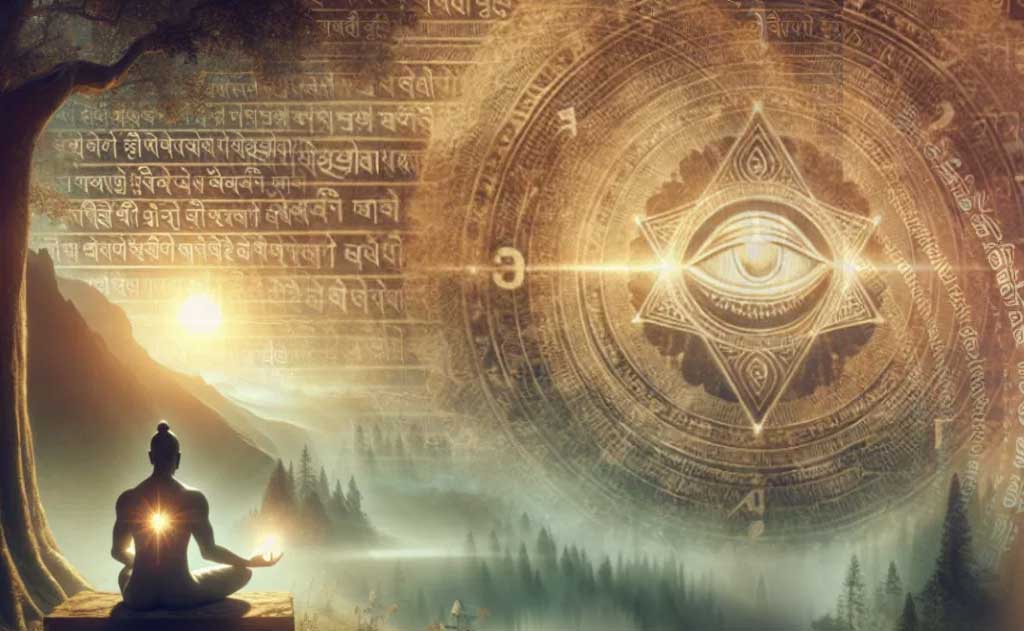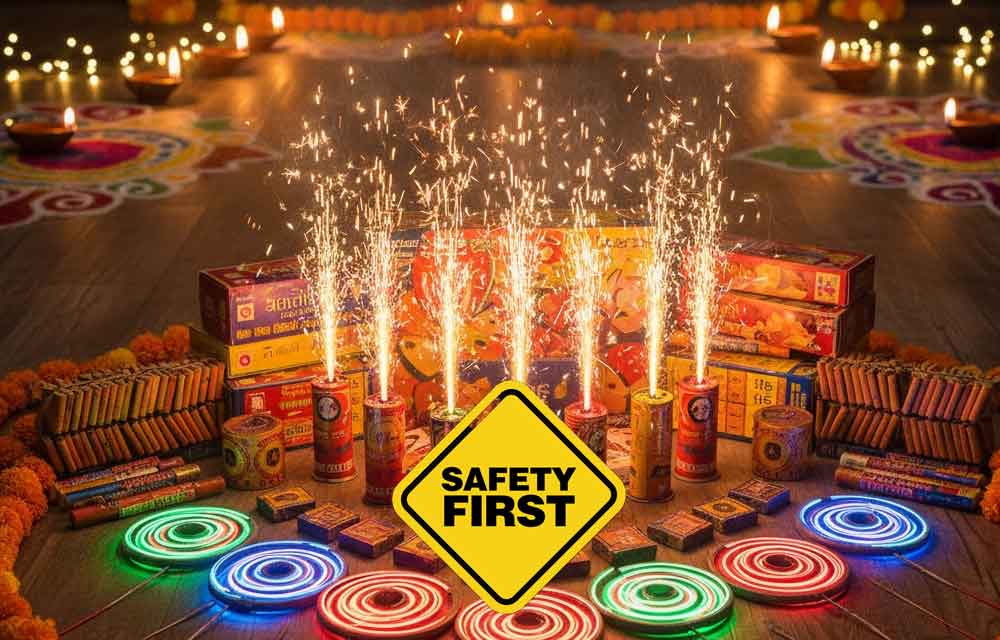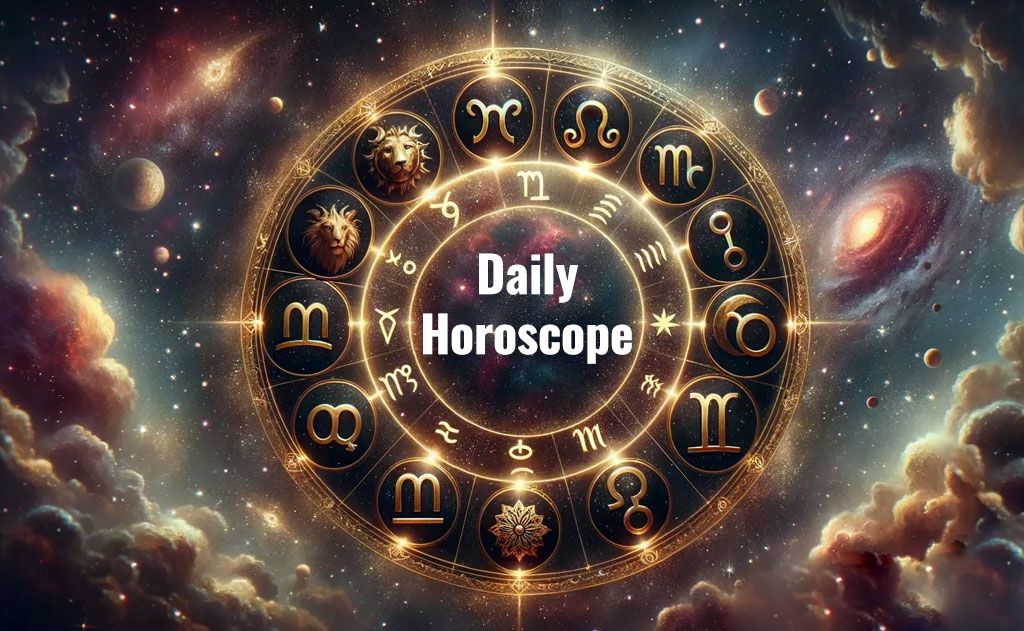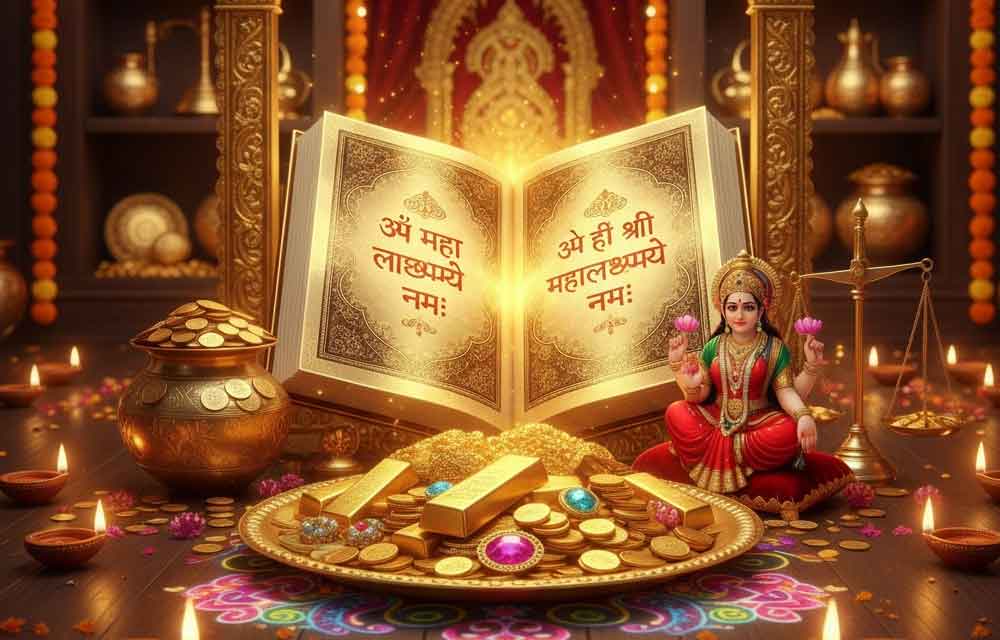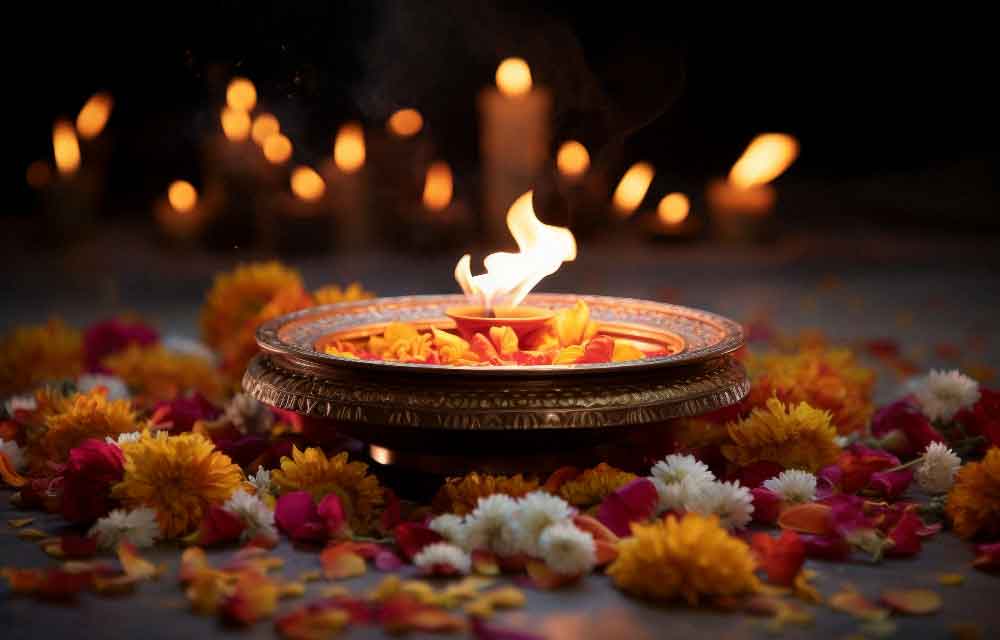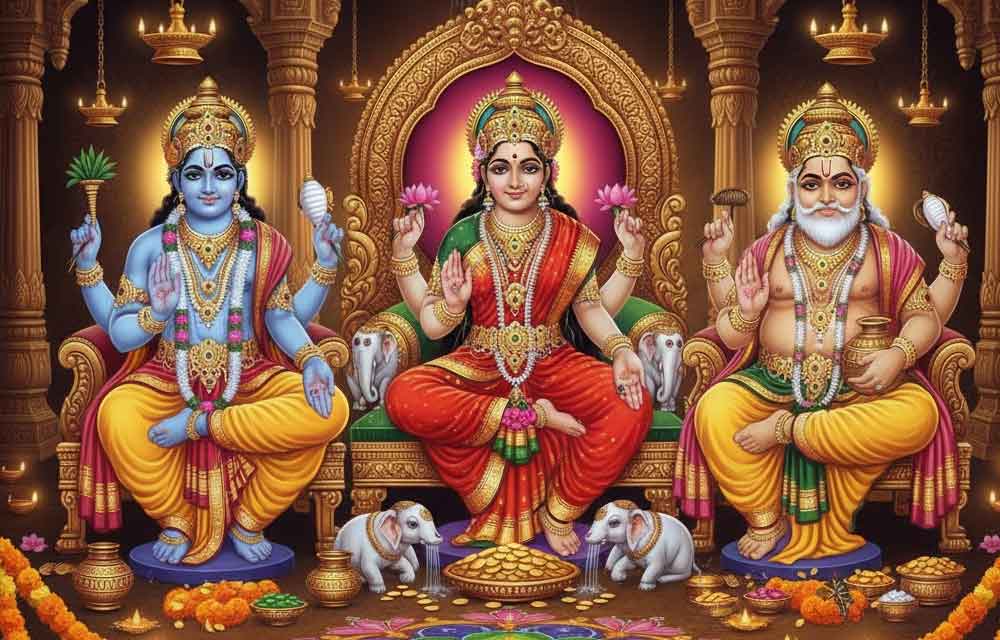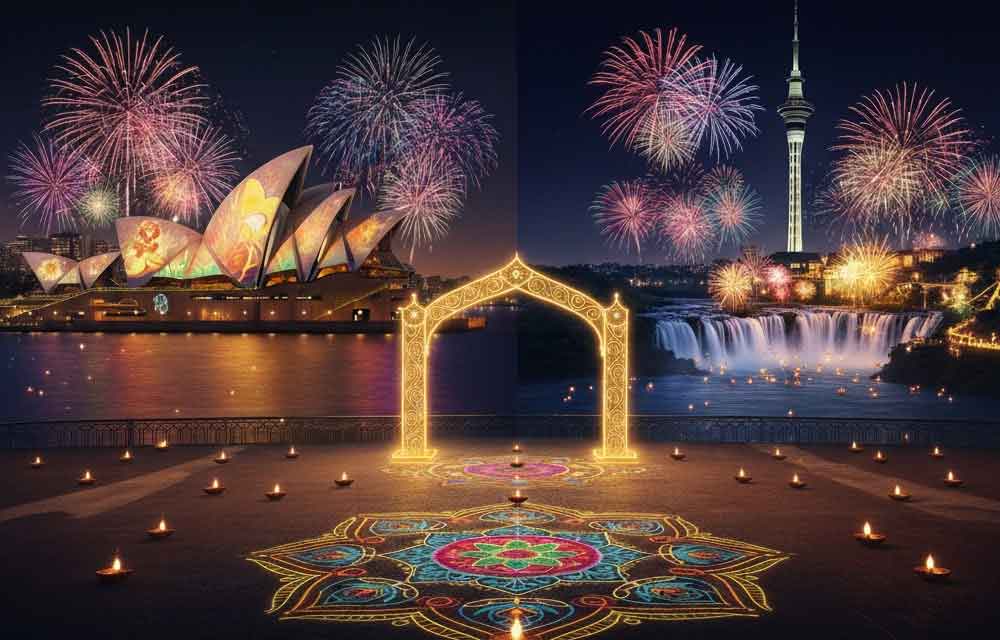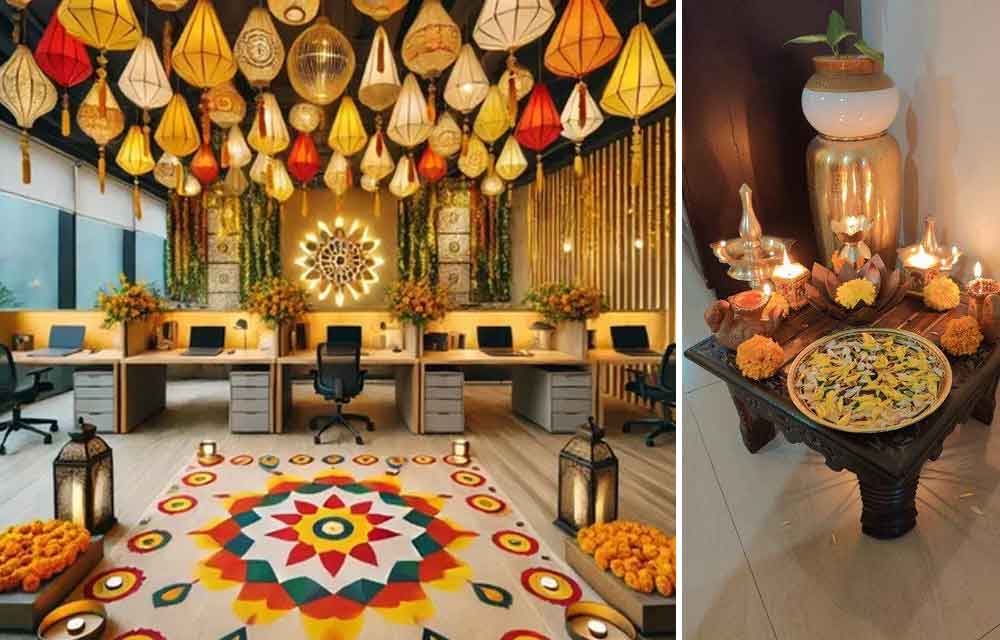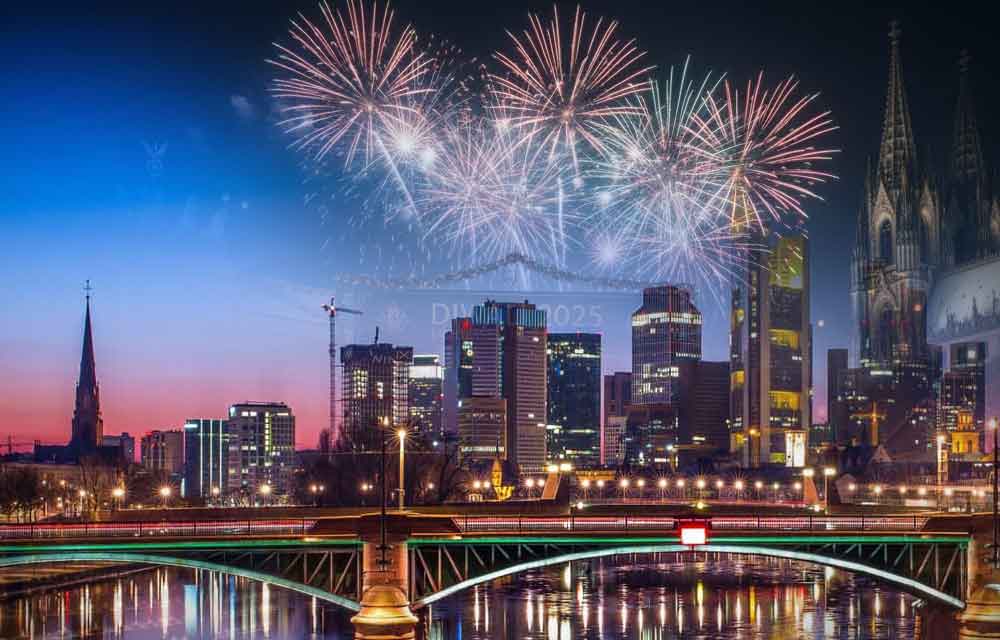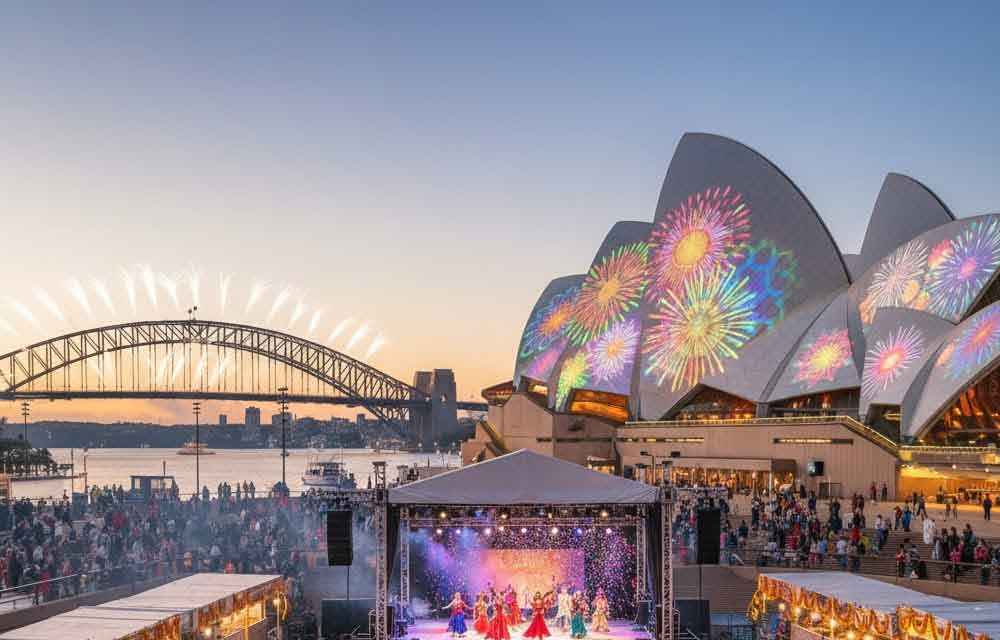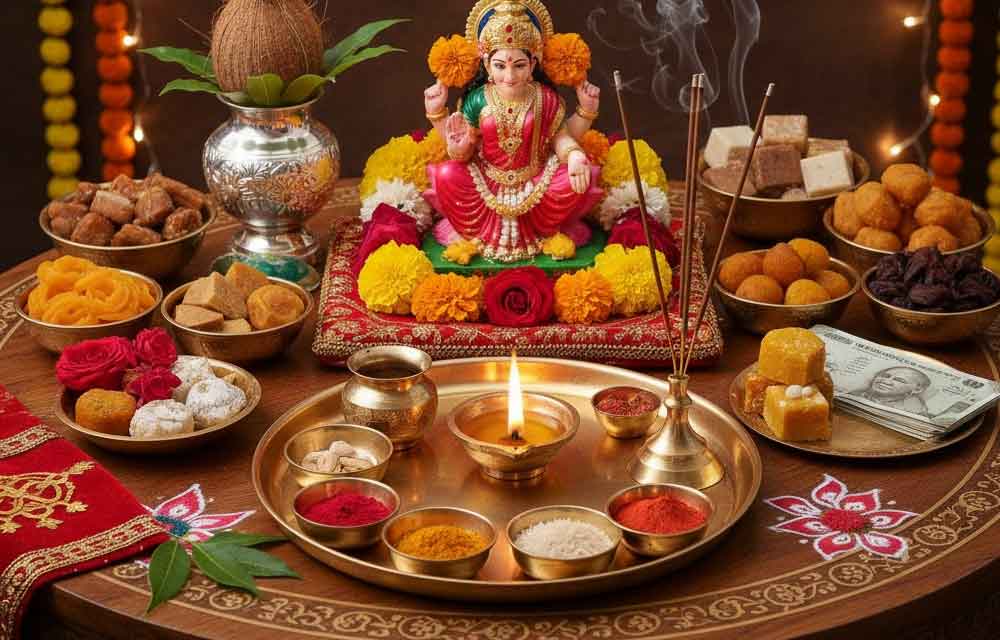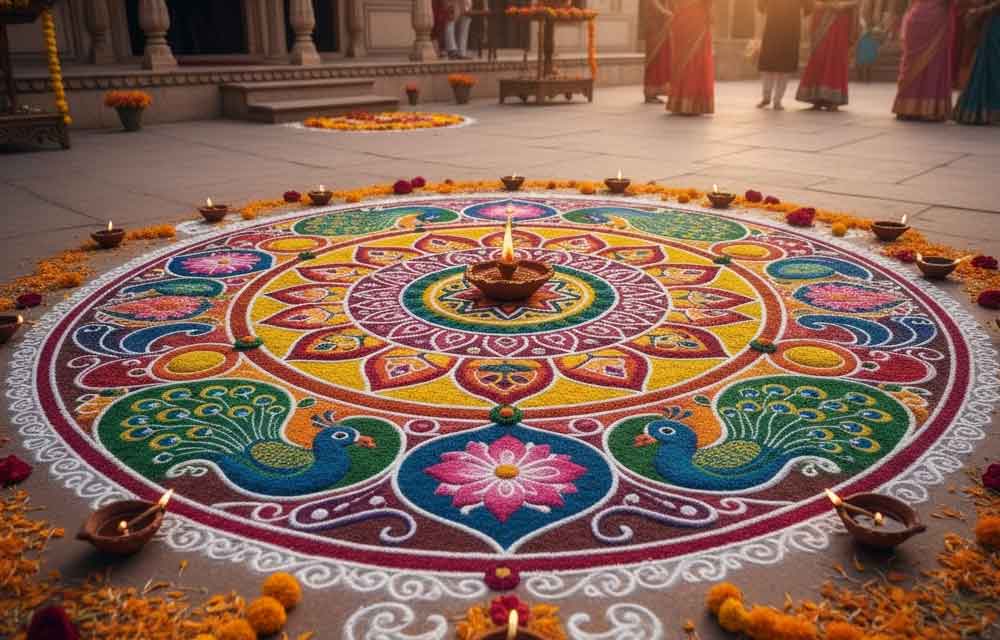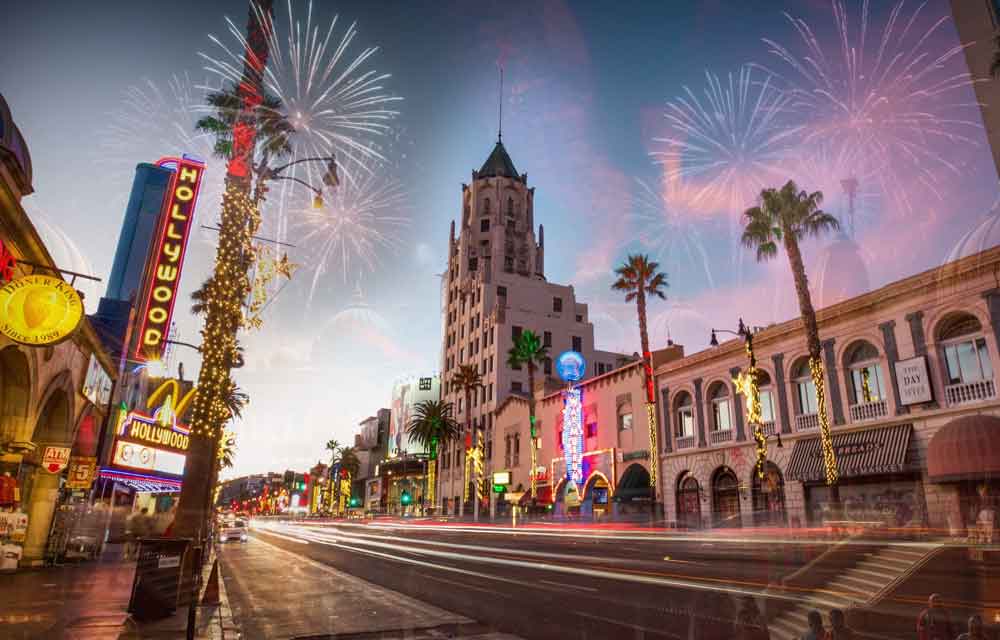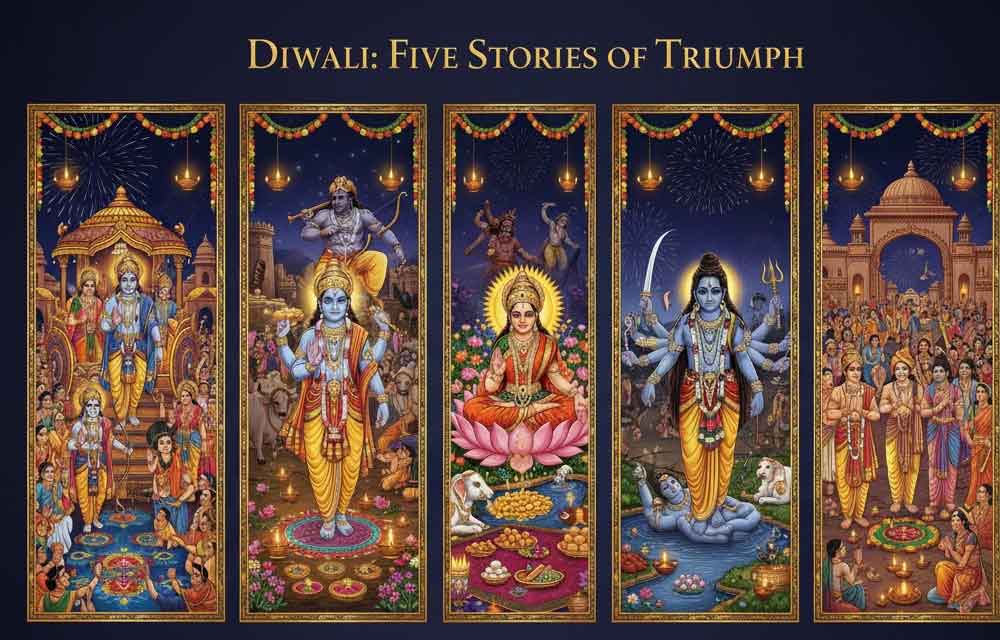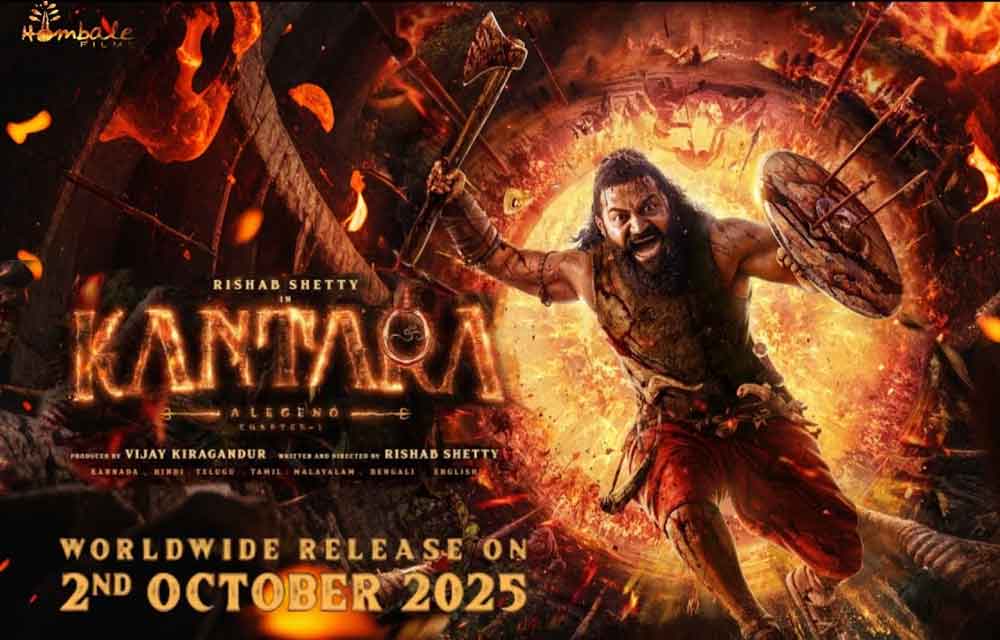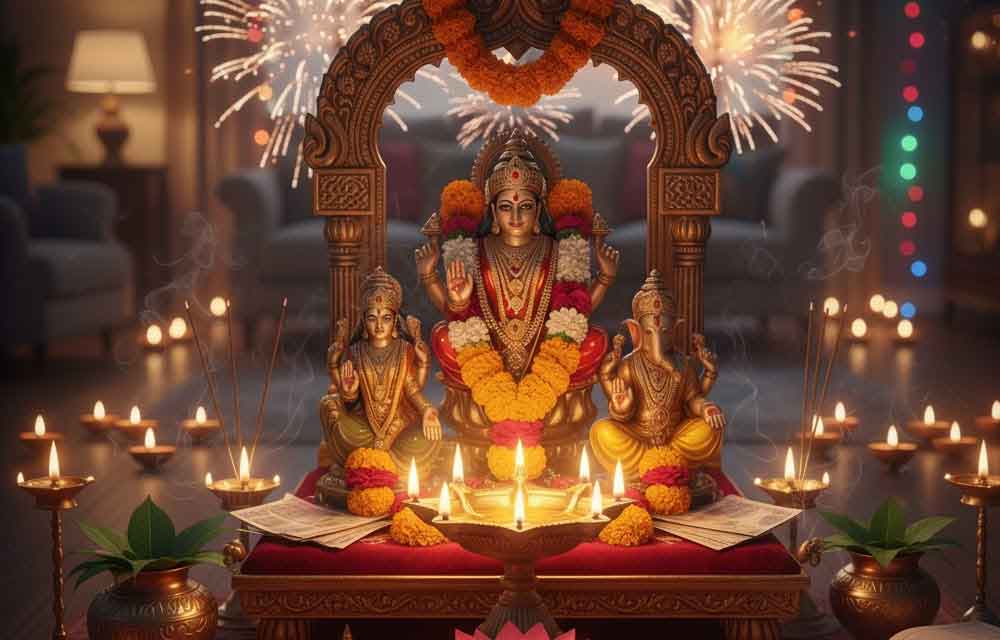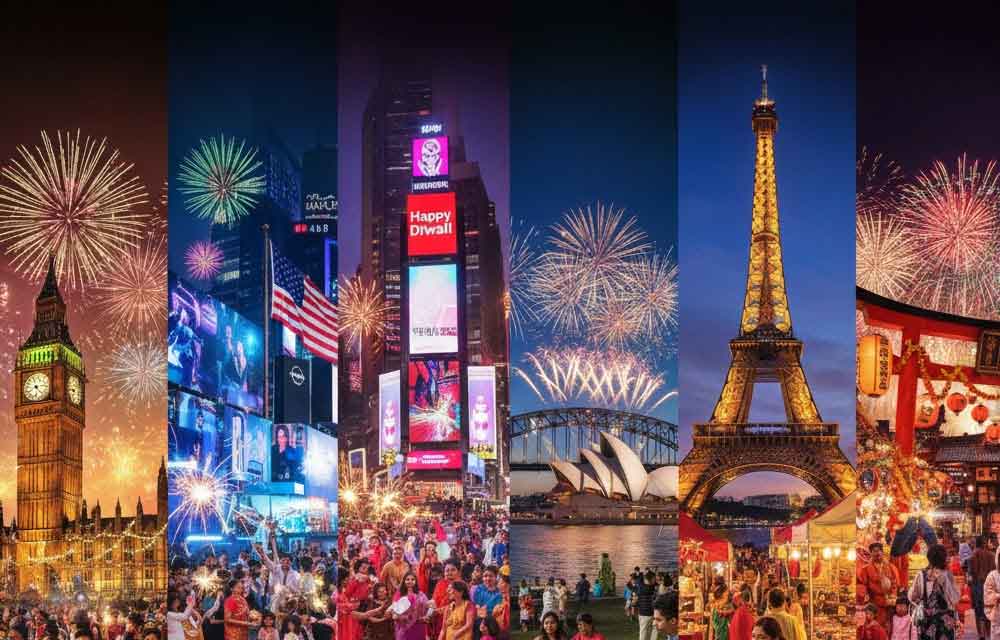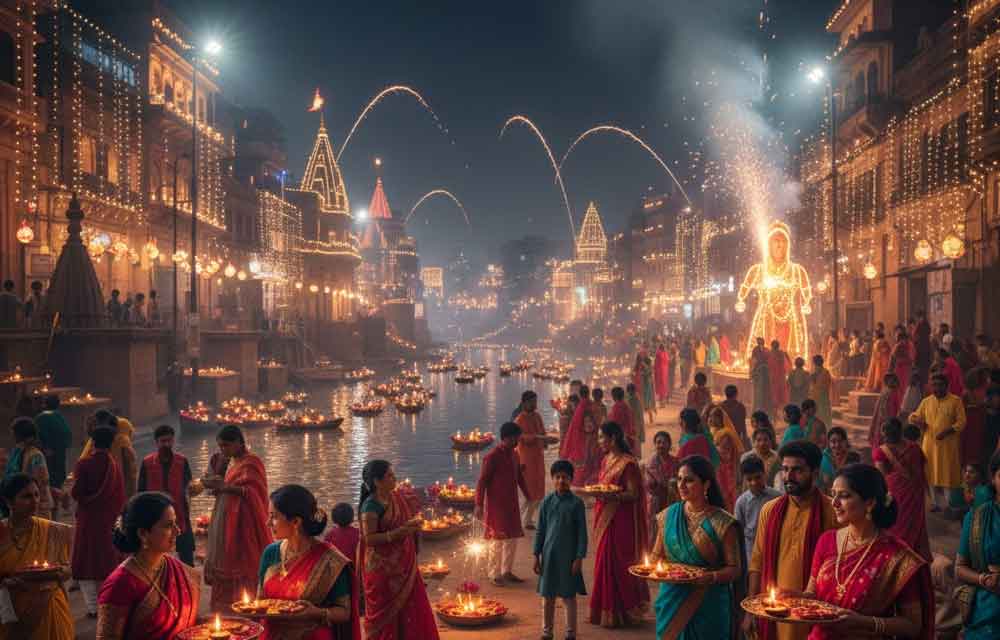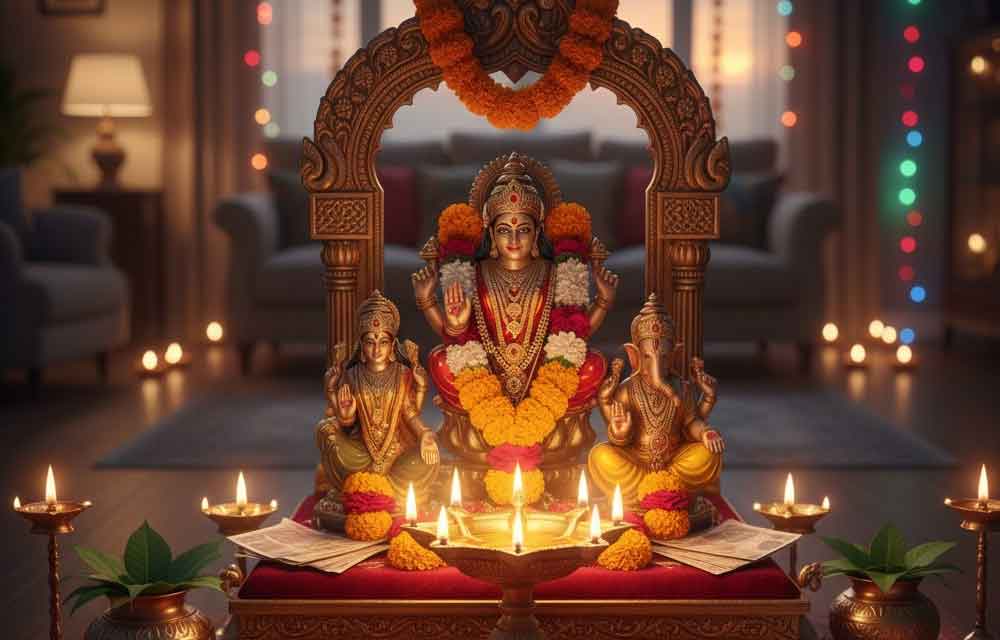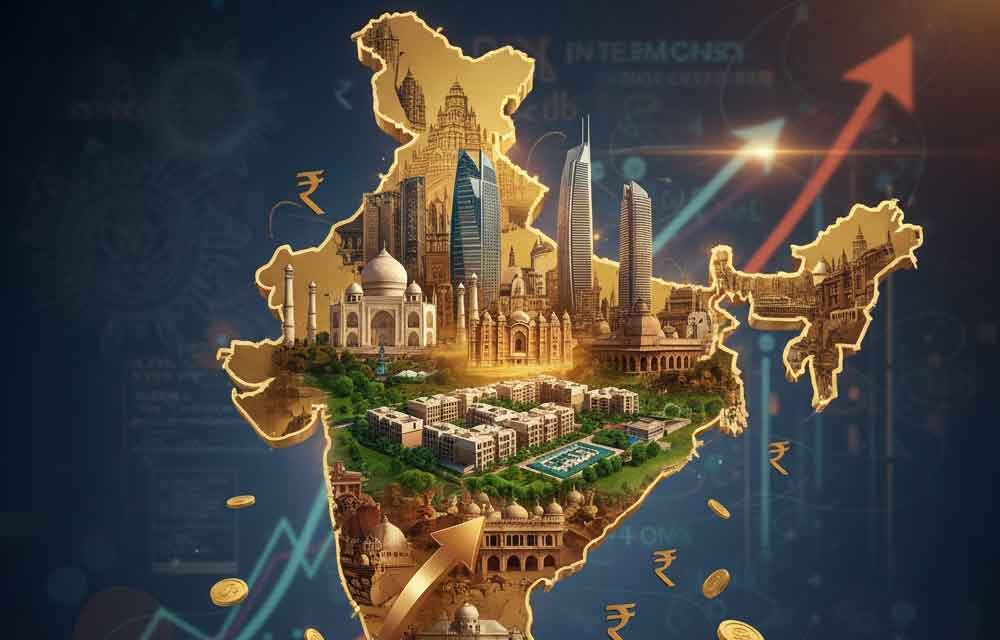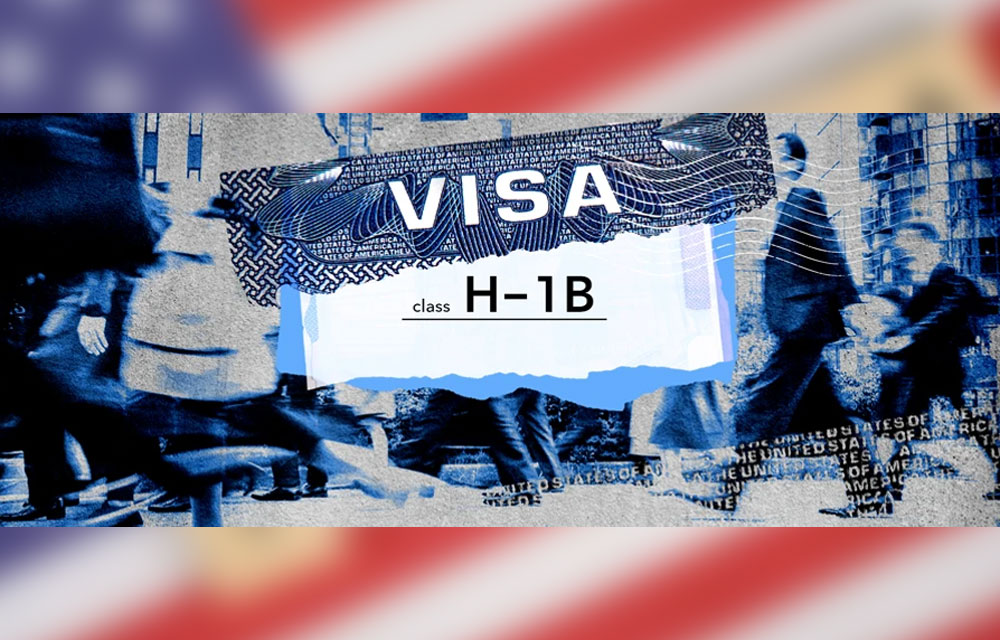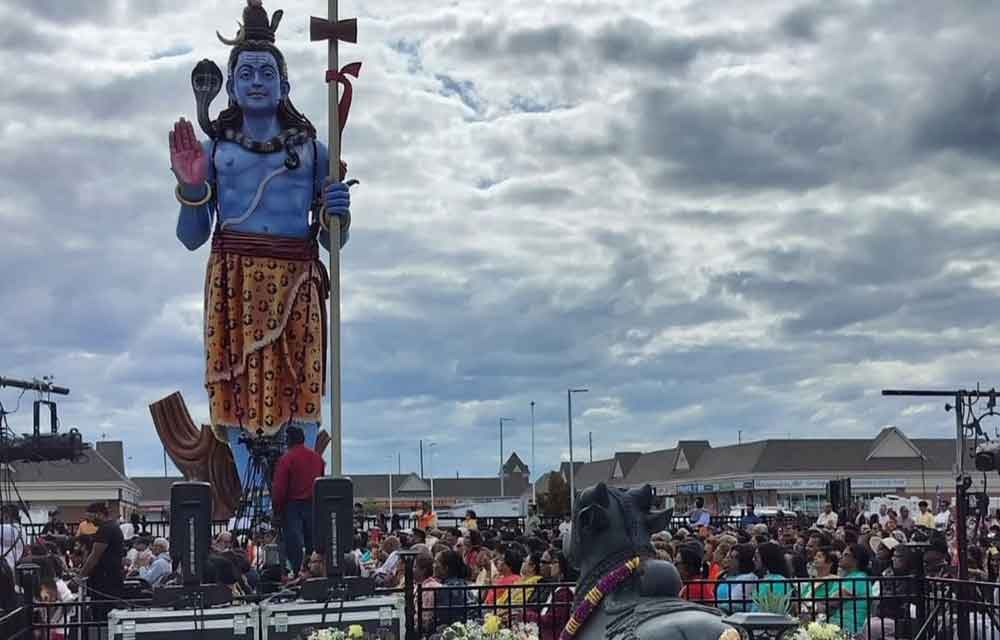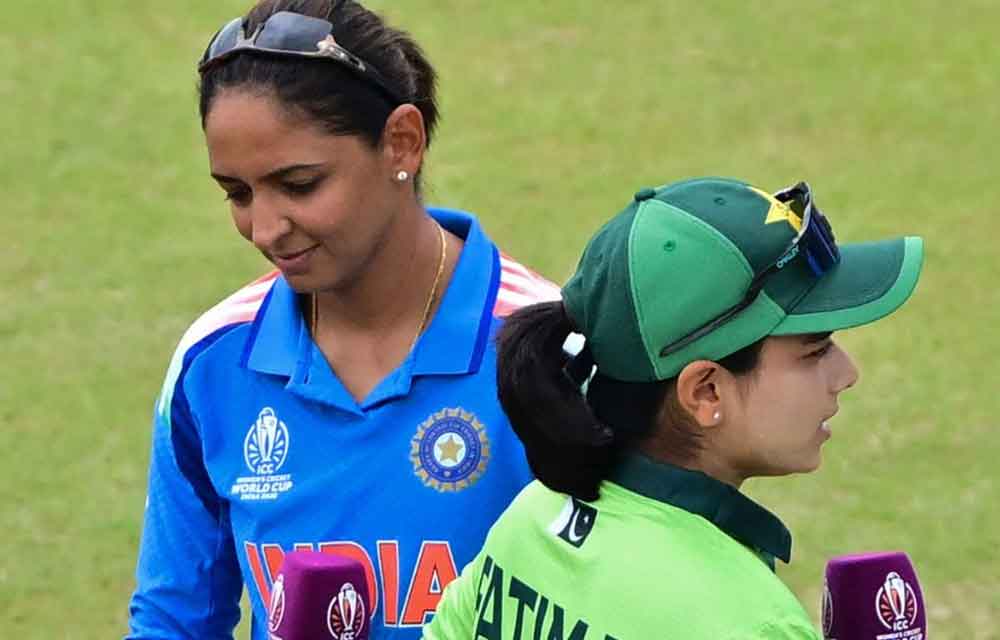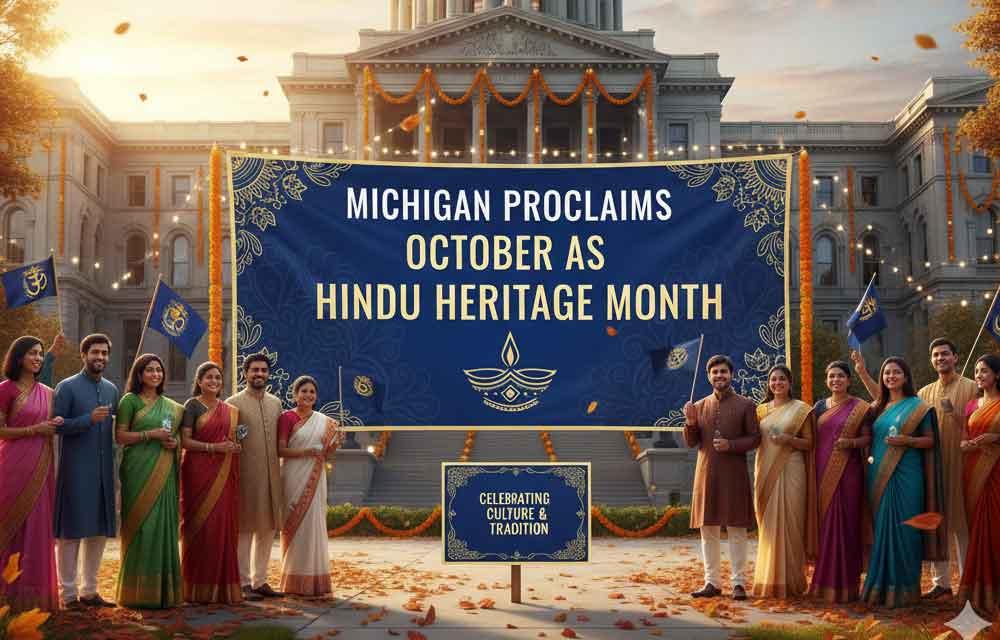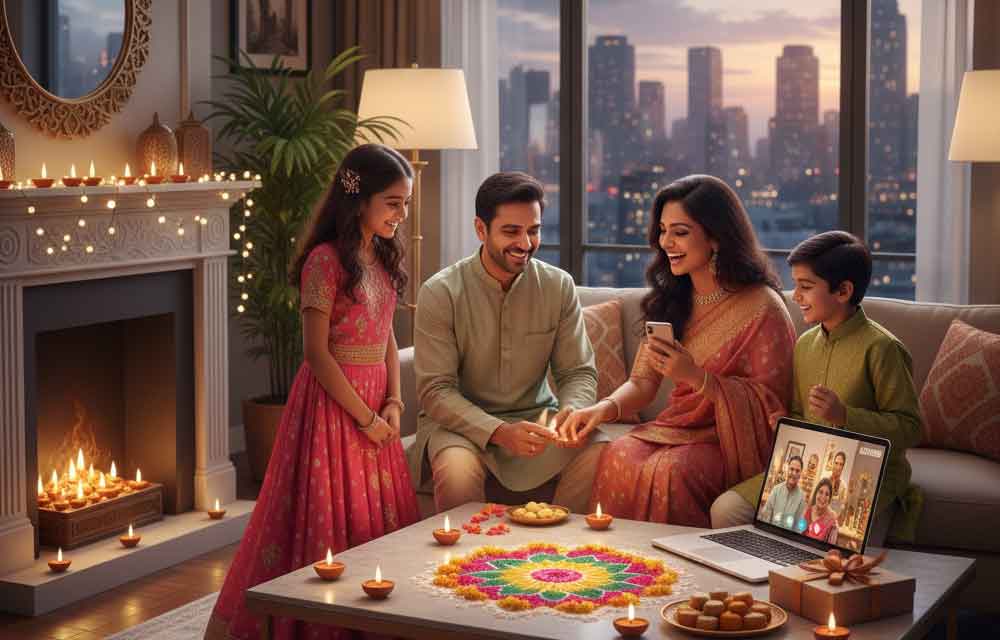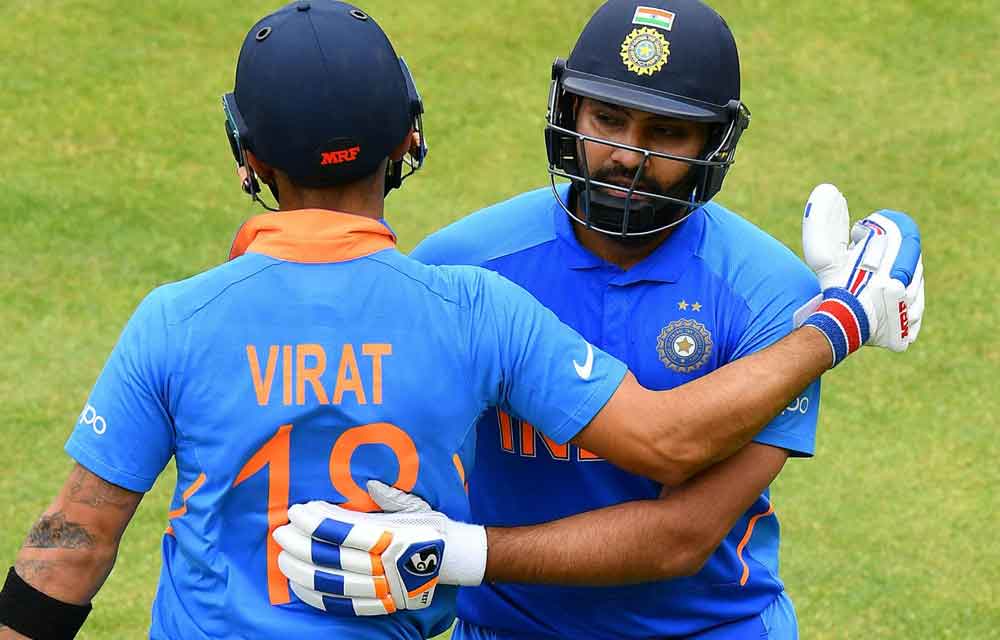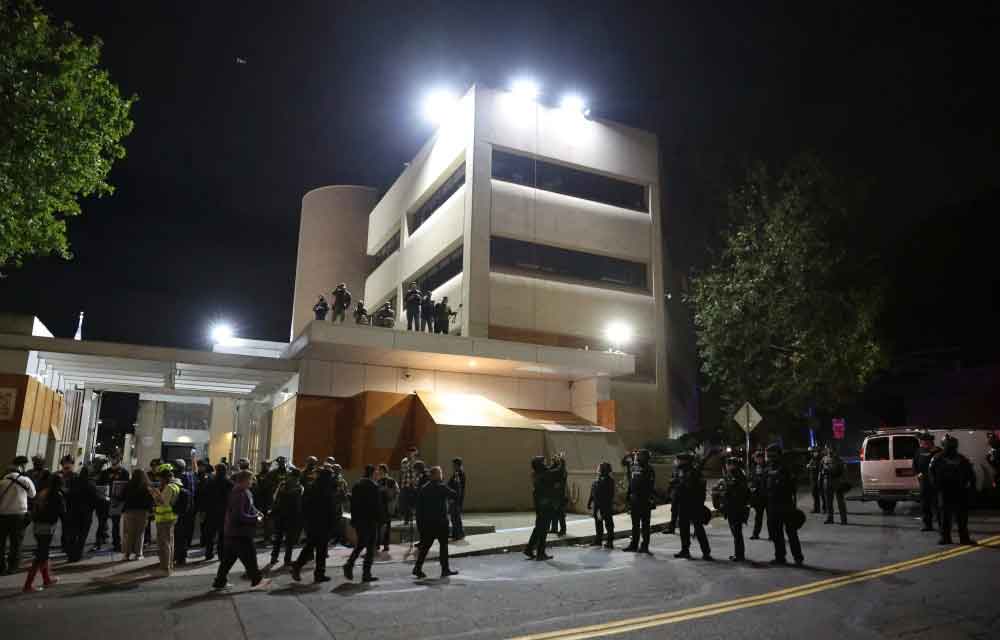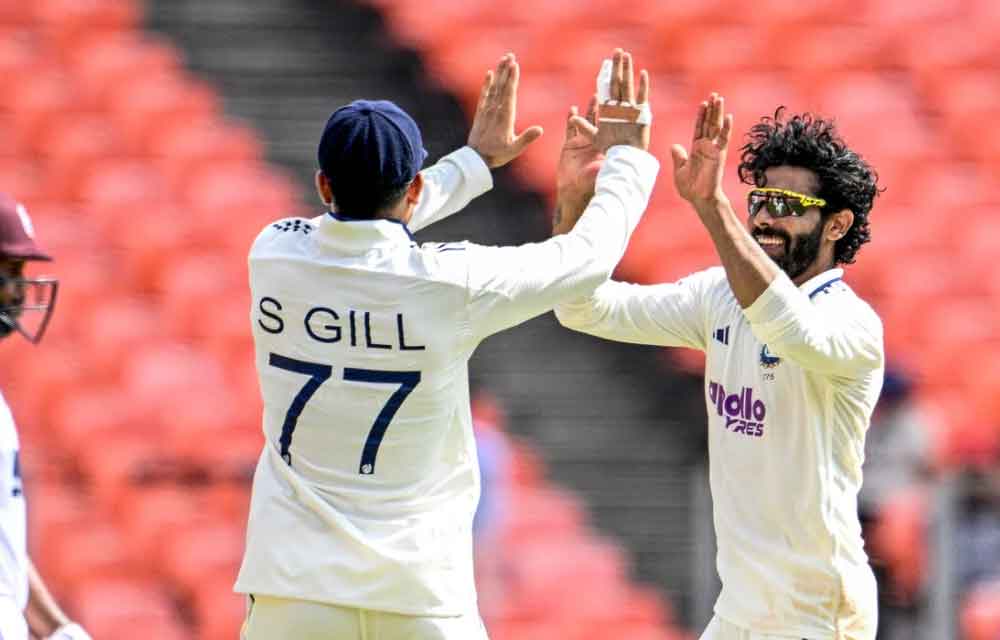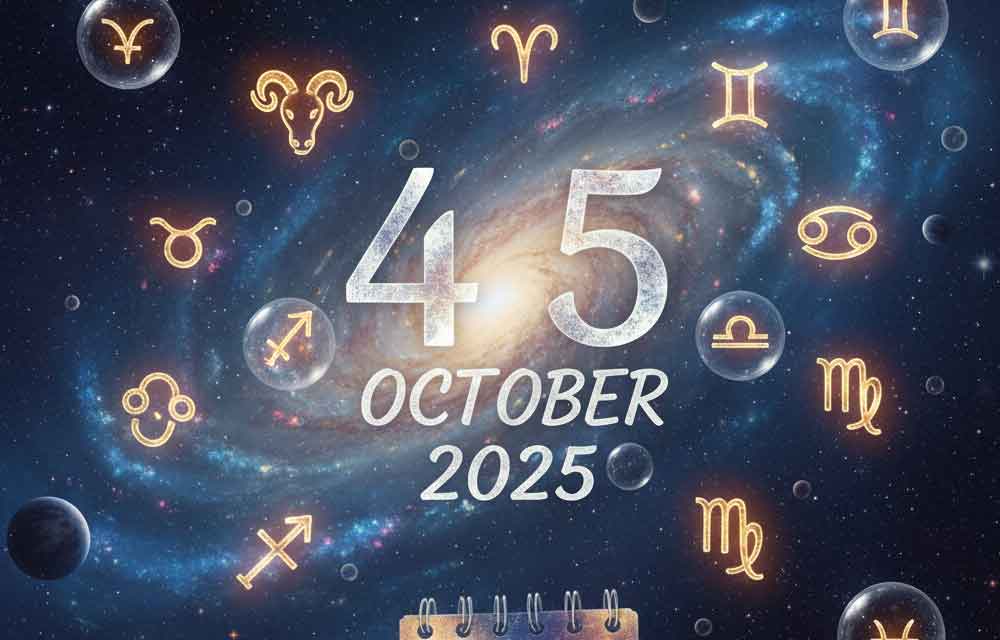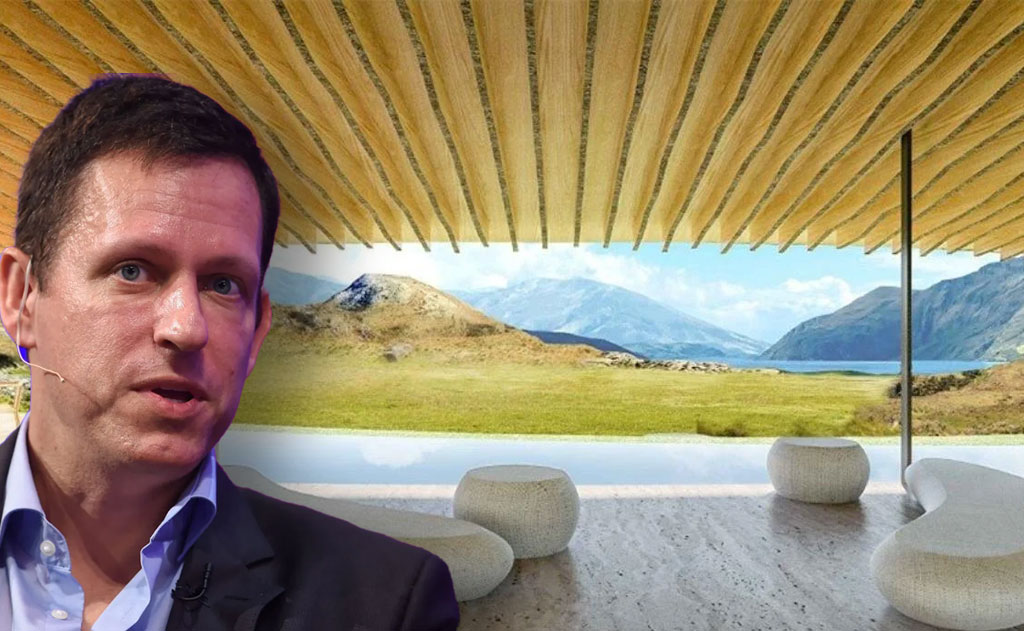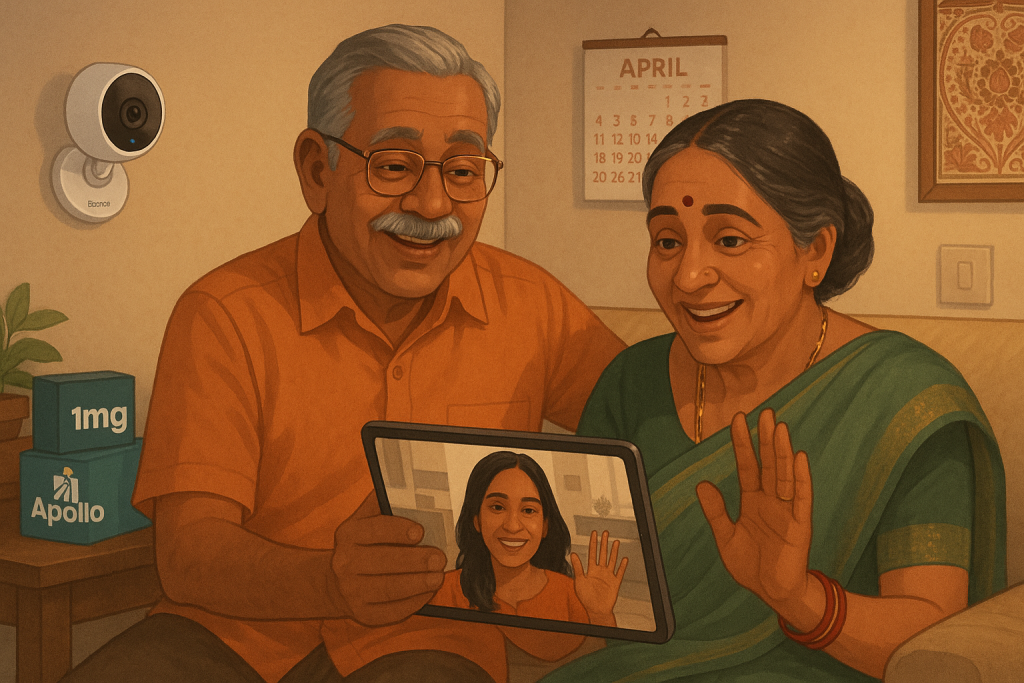How Australia and New Zealand Are Celebrating Diwali 2025: Complete Festival Guide
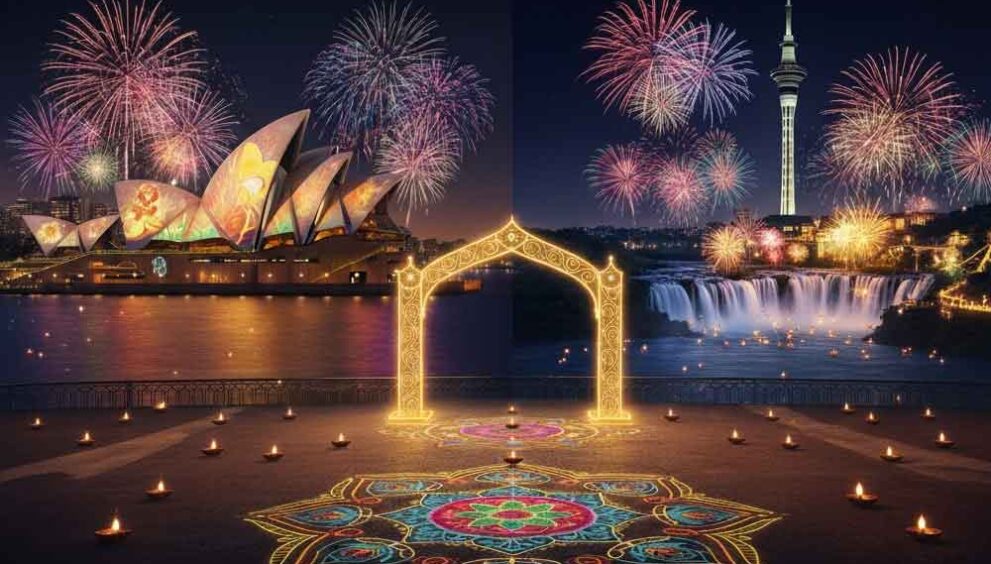
Diwali 2025 falls on Monday, October 20, 2025, marking another spectacular year of celebrations across Australia and New Zealand. The five-day festival begins with Dhanteras on October 18, followed by Chhoti Diwali on October 19, the main Diwali on October 20, Annakut on October 21, and culminates with Bhai Dooj on October 22.
Diwali 2025 in Australia
Major City Celebrations
Australia’s Indian diaspora has transformed Diwali into one of the country’s most vibrant multicultural celebrations. Major public events are held in Sydney, Melbourne, Brisbane, Perth, Adelaide, and Canberra, bringing together thousands of people to celebrate the Festival of Lights.
Melbourne: Victorian Festival of Diwali
Melbourne’s Diwali celebration takes place on October 11, 2025, at Marvel Stadium Square from 2pm to 10pm. The Victorian Festival of Diwali is one of Australia’s premier Diwali events, featuring:
- Live music performances spanning classical, folk, and Bollywood genres
- Traditional and contemporary dance performances
- Yoga and meditation workshops for spiritual wellness
- Circus acts and entertainment for all ages
- Children’s craft activities and interactive sessions
- Market bazaar in the Main Square offering traditional handcrafts
- Food stalls with authentic Indian sweets, savories, and herbs
- Cultural exhibitions showcasing Indian heritage
Sydney Celebrations
Sydney hosts multiple Diwali events across the city, with celebrations in various parks, civic venues, and community centers. The city’s vibrant Indian community organizes:
- Temple aartis and special pujas
- Community festivals in public spaces
- Cultural performances and dance shows
- Traditional food festivals
- Diya lighting ceremonies
Perth: Grand Diwali Mela
Perth prepares for a grand Diwali Mela at Langley Park, offering traditional festivities combined with modern entertainment. The celebration brings together families for a day of cultural immersion, food, music, and dance.
Brisbane, Adelaide, and Canberra
These cities also host significant Diwali celebrations with organized firework displays, cultural performances, and community gatherings that reflect the growing Indian population and their cultural contributions.
What to Expect at Australian Diwali Events
Entertainment and Performances
Large-scale Diwali celebrations across Australia feature:
- Organized firework displays lighting up the night sky
- Food stalls offering assorted Diwali sweets like ladoos, barfis, jalebis, and savory snacks
- Dancing performances including classical Bharatanatyam, Kathak, folk dances, and Bollywood routines
- Musical performances featuring traditional instruments and contemporary fusion
- Interactive workshops teaching rangoli art, diya decoration, and mehndi application
- Cultural shows depicting the Ramayana and Diwali stories
Temple Celebrations
Temples across Australia hold special programs on Diwali evening, including:
- Evening Aarti and Lakshmi Puja during the auspicious muhurat
- Annakut (Govardhan Puja) food-offering displays on October 21
- Continuous darshan throughout the festival days
- Prasad distribution to devotees
- Special bhajans and kirtans celebrating the festival
Devotees are advised to contact their local temples 1-2 weeks in advance to confirm specific timings and puja schedules.
Community Inclusivity
One of the most beautiful aspects of Diwali celebrations in Australia is their inclusive nature. Events welcome people from all backgrounds, cultures, and communities to participate in the Festival of Lights. This multicultural celebration has become a symbol of unity and diversity in Australian cities.
The growing Indian immigrant population has made Diwali increasingly significant in Australia, with both private family celebrations and large public festivals held throughout the country.
Diwali 2025 in New Zealand
Auckland: BNZ Auckland Diwali Festival
New Zealand’s premier Diwali celebration takes place in Auckland on October 11 and 12, 2025. The BNZ Auckland Diwali Festival is held at:
- Location: Aotea Square and Queen Street, Auckland
- Entry: FREE for all attendees
- Fireworks Display: Sunday, October 12, at approximately 8:50pm from the Aotea Center rooftop
This free, family-friendly event has become New Zealand’s largest Indian cultural festival, attracting locals and tourists alike.
Celebrations Across New Zealand
Diwali festivities extend beyond Auckland to cities and towns throughout New Zealand:
- Wellington – Capital city celebrations with cultural programs
- Christchurch – South Island’s major Diwali event
- Tauranga – Bay of Plenty celebrations
- Palmerston North – Manawatu region festivities
- Ashburton – Canterbury community events
- Rotorua – Thermal city Diwali celebration
- Queenstown – Southern Lakes festival
- Waikato Hamilton – Waikato region celebrations
Most New Zealand celebrations are scheduled for the nearest Saturday or Sunday to Diwali day, making it convenient for maximum community participation and allowing families to celebrate together.
Festival Highlights in New Zealand
New Zealand’s Diwali celebrations feature:
- Spectacular fireworks displays illuminating city skies
- Traditional gift exchanges among families and friends
- Lighting of diyas symbolizing the victory of light over darkness
- Special festive meals prepared with traditional recipes
- Cultural performances showcasing Indian dance and music
- Market stalls selling Indian clothing, jewelry, and handicrafts
- Children’s activities including face painting and games
- Food courts offering diverse Indian cuisine from different regions
Cultural Significance in New Zealand
Diwali in New Zealand signifies the triumph of light over darkness, good over evil, and the renewal of life. The Hindu community, along with people from all backgrounds, come together to celebrate this festival of hope and prosperity.
Understanding the Five Days of Diwali
Day 1: Dhanteras (October 18, 2025)
- Shopping for gold, silver, and new utensils
- Cleaning and decorating homes
- Lighting the first diya
- Worshipping Goddess Lakshmi and Lord Dhanvantari
Day 2: Chhoti Diwali/Naraka Chaturdashi (October 19, 2025)
- Applying fragrant oils and taking ceremonial baths
- Creating rangoli designs
- Lighting diyas in the evening
- Preparing sweets and savories
Day 3: Main Diwali/Lakshmi Puja (October 20, 2025)
- The most important day of the festival
- Lakshmi Puja during the evening muhurat
- Lighting diyas and candles throughout homes
- Bursting firecrackers (where permitted)
- Family gatherings and festive meals
- Exchanging gifts and sweets
Day 4: Annakut/Govardhan Puja (October 21, 2025)
- Preparing 56 or 108 food items as offerings
- Worshipping Lord Krishna
- Temple visits to see Annakut displays
- Celebrating the harvest
Day 5: Bhai Dooj (October 22, 2025)
- Sisters applying tilak to brothers’ foreheads
- Brothers gifting sisters and promising protection
- Family meals celebrating sibling bonds
Practical Tips for Attendees
Timing and Arrival
- Arrive 30-45 minutes early to major events, especially if attending with elderly family members and children
- Popular celebrations can get crowded quickly, so early arrival ensures better parking and seating
- Temple events may have specific muhurat timings, so check in advance
What to Bring
- Comfortable clothing suitable for outdoor events
- Light jackets for evening celebrations, especially in Melbourne and Auckland
- Cash for market purchases and food stalls
- Cameras to capture the festivities (check if flash photography is allowed in temples)
- Reusable bags for shopping at market bazaars
Temple Etiquette
- Remove shoes before entering temple premises
- Dress modestly with covered shoulders and legs
- Maintain silence during aarti and puja
- Follow queue discipline for darshan
- Accept prasad with both hands
Safety Considerations
- Keep children supervised in crowded areas
- Follow firework safety guidelines where displays are held
- Stay hydrated, especially during daytime events
- Note emergency exits and meeting points for families
Food and Festive Delights
Traditional Sweets (Mithai)
Australian and New Zealand Diwali celebrations feature authentic Indian sweets:
- Ladoos – Besan, boondi, and motichoor varieties
- Barfi – Kaju, pista, coconut, and chocolate flavors
- Jalebi – Crispy, syrup-soaked spirals
- Gulab Jamun – Soft milk dumplings in sugar syrup
- Rasgulla – Spongy cheese balls in syrup
- Peda – Milk-based sweet discs
- Halwa – Gajar, moong dal, and sooji varieties
Savory Snacks
- Samosas – Potato and vegetable-filled pastries
- Pakoras – Mixed vegetable fritters
- Chakli – Spiral rice crackers
- Namakpare – Crispy diamond-shaped snacks
- Mathri – Flaky, savory biscuits
- Sev – Crispy gram flour noodles
Main Course Dishes
- Chole Bhature – Spiced chickpeas with fried bread
- Paneer dishes – Butter paneer, paneer tikka
- Biryani – Aromatic rice with vegetables or meat
- Dal Makhani – Creamy black lentils
- Aloo Gobi – Potato and cauliflower curry
Shopping at Diwali Markets
Both Australian and New Zealand Diwali festivals feature vibrant market bazaars where you can purchase:
Traditional Items
- Diyas – Clay lamps in various designs
- Candles – Decorative and scented varieties
- Rangoli supplies – Colored powders and stencils
- Incense sticks – Sandalwood, jasmine, and rose fragrances
- Puja items – Idols, bells, thalis, and ceremonial items
Clothing and Accessories
- Sarees – Silk, cotton, and designer varieties
- Salwar Kameez – Traditional and contemporary designs
- Kurta Pajamas – Men’s ethnic wear
- Jewelry – Oxidized, kundan, and traditional designs
- Bindis and bangles – Decorative accessories
Handicrafts
- Wall hangings – Toran and door decorations
- Lanterns – Paper and fabric designs
- Paintings – Madhubani, Warli, and miniature art
- Wooden crafts – Carved boxes and figurines
Environmental Consciousness
Modern Diwali celebrations in Australia and New Zealand increasingly focus on eco-friendly practices:
- LED lights replacing traditional electric bulbs
- Eco-friendly diyas made from natural clay
- Organic colors for rangoli
- Reduced noise pollution with controlled firework displays
- Sustainable packaging for sweets and gifts
- Community cleanup drives post-celebrations
Cultural Integration and Impact
Growing Recognition
Diwali has grown significantly in prominence across both nations as Indian immigrant populations have increased. The festival now receives:
- Official recognition from local governments
- Coverage in mainstream media
- Participation from political leaders
- Integration into multicultural calendars
- Educational programs in schools
Economic Impact
Diwali celebrations contribute substantially to local economies through:
- Increased retail sales of clothing, jewelry, and gifts
- Boost to hospitality and restaurant sectors
- Tourism opportunities in major cities
- Support for small businesses and artisans
- Job creation for event management and cultural performances
Social Cohesion
The festival promotes community harmony by:
- Bringing together diverse cultural groups
- Fostering understanding of Indian traditions
- Creating platforms for cultural exchange
- Building bridges between immigrant and local communities
- Celebrating diversity and inclusion
Special Programs and Activities
For Children
- Story sessions about Diwali legends and the Ramayana
- Craft workshops making diyas, rangoli, and paper lanterns
- Face painting with traditional designs
- Dance classes teaching basic Bollywood steps
- Magic shows and entertainment
- Costume competitions for best traditional attire
For Youth
- Bollywood dance competitions
- DJ nights with fusion music
- Fashion shows showcasing Indian and Indo-Western designs
- Photography contests capturing festival moments
- Social media campaigns with hashtags and photo booths
For Seniors
- Classical music concerts featuring sitar, tabla, and vocals
- Devotional bhajan sessions
- Traditional storytelling about festival origins
- Seated viewing areas at major events
- Community lunch programs with traditional meals
Photography and Social Media
Diwali celebrations provide countless opportunities for memorable photographs:
- Fireworks displays creating spectacular light shows
- Rangoli designs with intricate patterns and vibrant colors
- Traditional attire showcasing cultural fashion
- Diya lighting ceremonies capturing the festival’s essence
- Cultural performances with dynamic dance movements
- Food displays featuring colorful sweets and dishes
Many events feature designated photo booths with traditional backdrops and props, perfect for sharing on social media platforms.
Volunteering Opportunities
Community organizations often seek volunteers to help with Diwali celebrations:
- Event setup and management
- Food preparation and serving
- Children’s activity supervision
- Stage management for performances
- Information desks and guest assistance
- Post-event cleanup
Volunteering is an excellent way to deeply engage with the festival and contribute to community building.
Looking Ahead
Diwali celebrations in Australia and New Zealand continue to evolve, blending traditional practices with contemporary innovations. The 2025 festivities promise to be among the most spectacular yet, with enhanced programs, larger venues, and broader community participation.
Both nations have embraced Diwali as a significant multicultural celebration, with events that honor Hindu traditions while welcoming people of all backgrounds to participate in the festivities. The Festival of Lights has truly become a celebration that unites communities, showcasing the best of cultural diversity and shared humanity.
Whether you’re celebrating at a temple, attending a community festival, or hosting a private gathering, Diwali 2025 in Australia and New Zealand offers countless opportunities to experience the joy, light, and prosperity that this beautiful festival represents.
For Hindu Tone readers: Remember to check local event listings and temple notices closer to the festival dates for updated timings and any special programs. Have a blessed and prosperous Diwali 2025!

 English
English 